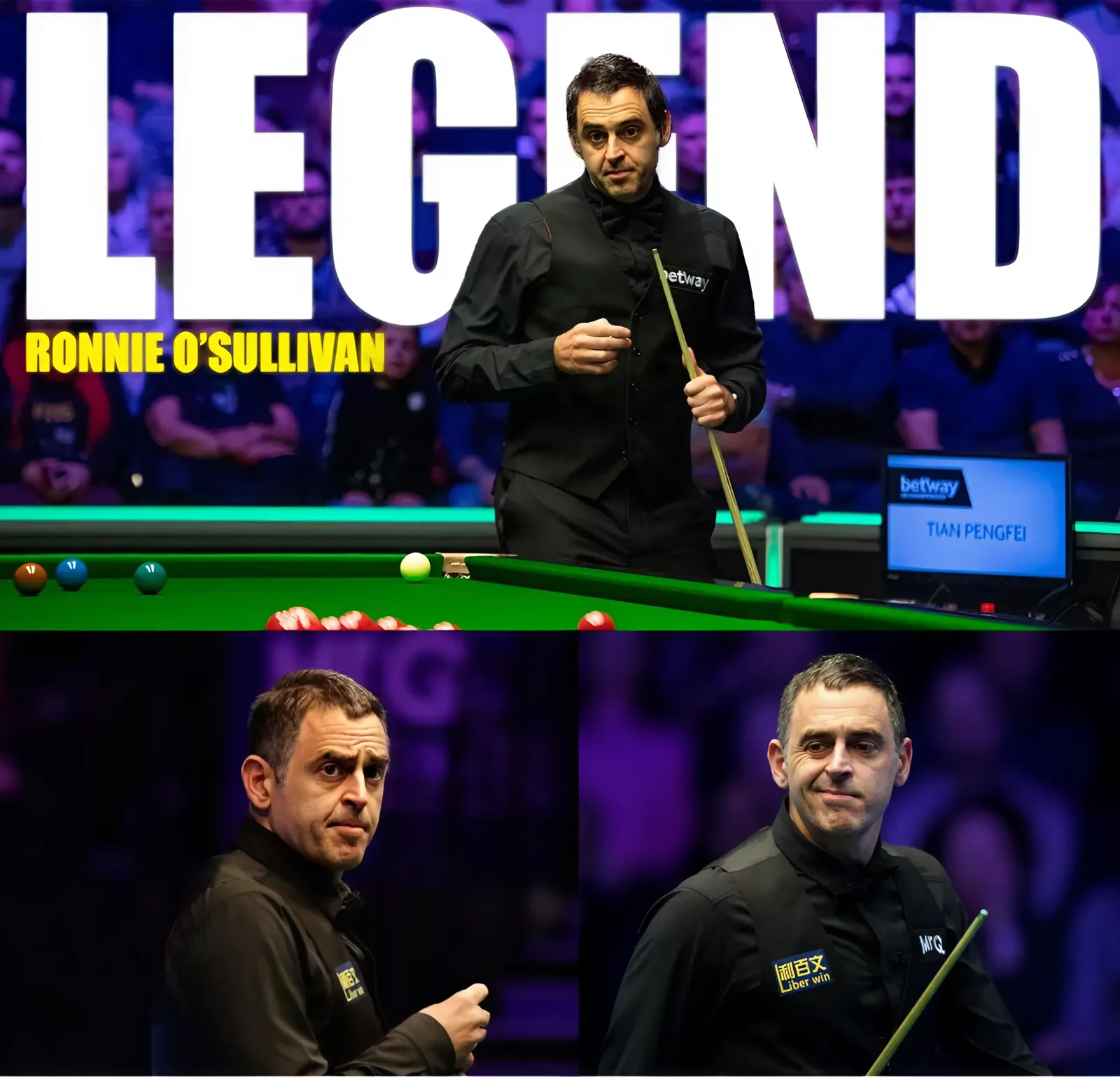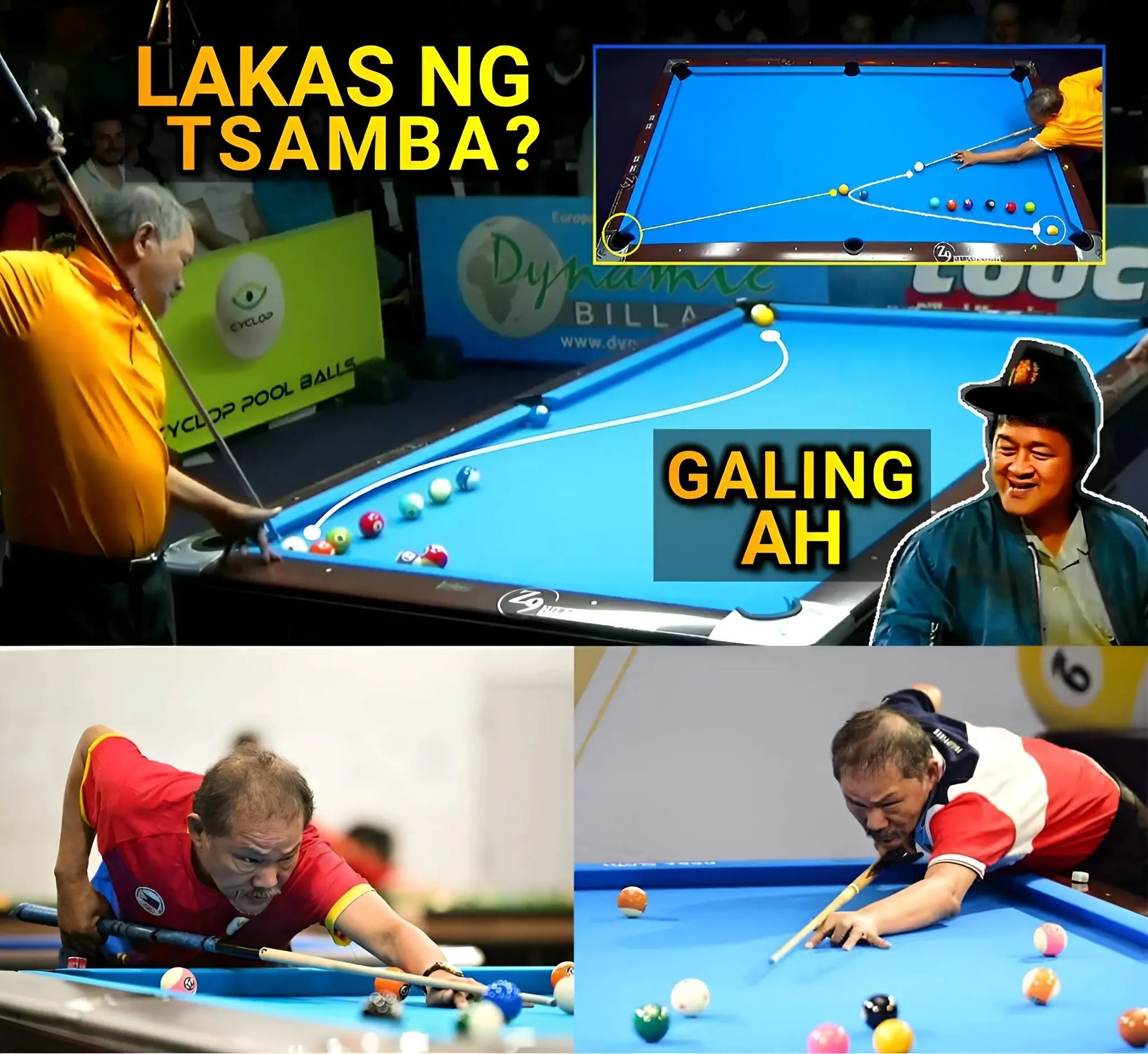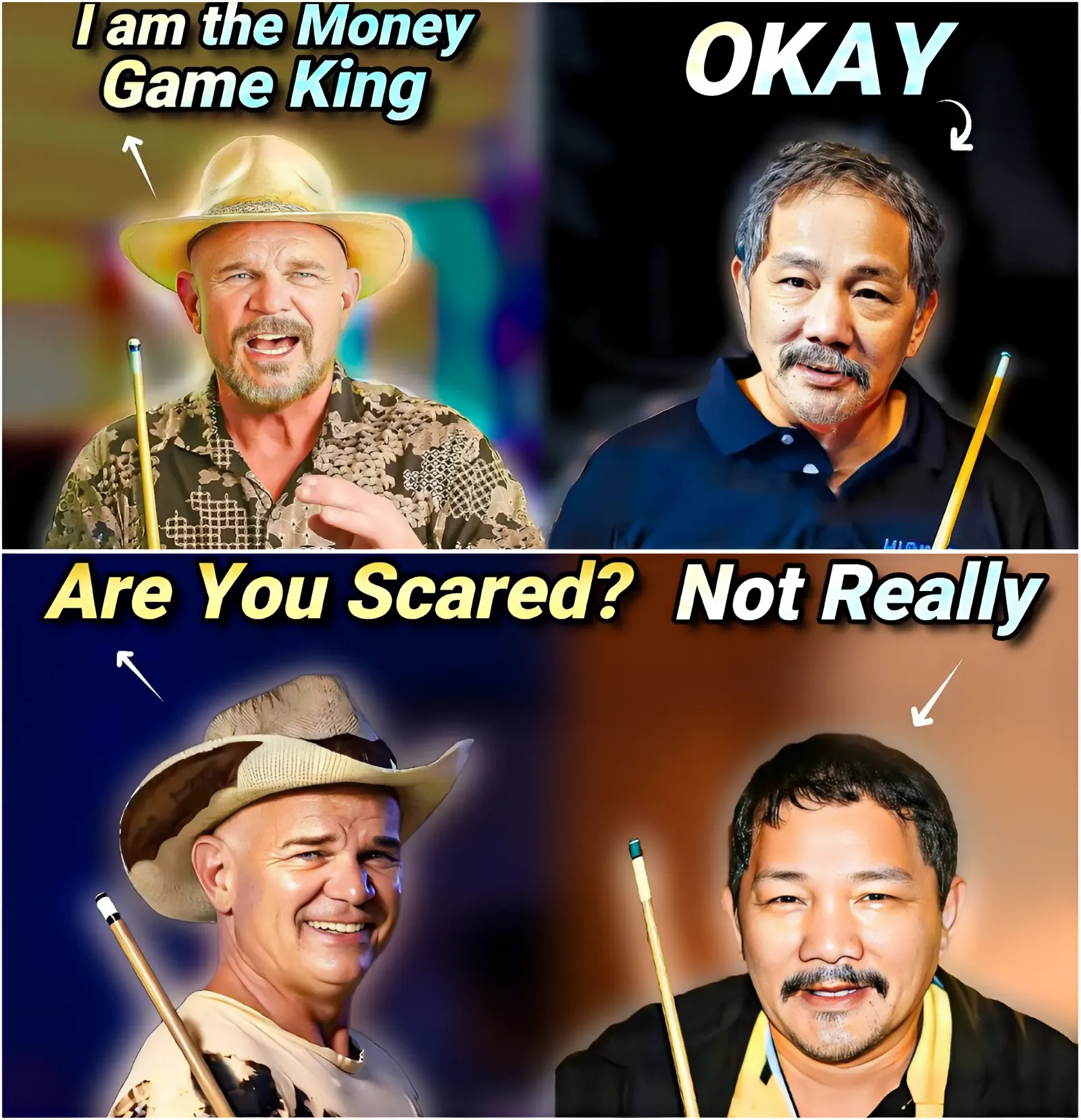Ronnie O'Sullivan, known as "The Rocket" in the world of professional snooker, has always been a player who defies expectations. With a career spanning several decades, he has racked up numerous titles, broken countless records, and amazed fans with his extraordinary skills and speed.
However, nothing could have prepared the world for the events that unfolded on a fateful evening at the Crucible Theatre in Sheffield. On that night, O'Sullivan did something that not only stunned the spectators but also seemed to break the very laws of physics.
The Crucible Theatre, the iconic venue for the World Snooker Championship, was packed to the rafters. Fans had traveled from all corners of the globe to witness their favorite players in action, but this evening had an extra buzz about it.
Ronnie O'Sullivan was set to play in the semi-final, and whenever he took to the table, an air of excitement and anticipation filled the room.
The match was against his long-time rival, Mark Selby, a player known for his tactical prowess and mental fortitude.
VIDEO :
As the players took their positions, the atmosphere was electric. The first few frames went as expected, with both players showcasing their skills and trading blows.
O'Sullivan, known for his fast and aggressive style, took an early lead, but Selby, with his calculated approach, soon leveled the score. It was a match that promised to be a classic, with neither player willing to give an inch.
Then came the seventh frame. O'Sullivan was at the table, the balls spread out in a manner that suggested a high break was imminent.
He began potting balls with his usual flair, effortlessly maneuvering the cue ball into position for the next shot. The audience watched in awe as he compiled a break of 50, then 60, then 70. It was vintage O'Sullivan, a master at work. But just as he reached the 100 mark, something extraordinary happened.
As O'Sullivan lined up his next shot, a straightforward pot into the corner pocket, the cue ball seemed to defy gravity. Instead of following the laws of motion, it floated slightly above the table, moving in a straight line without any spin or friction.
The spectators gasped, and even the commentators were rendered speechless. The cue ball then proceeded to pot the intended red, before gently returning to its original position as if nothing had happened.
For a moment, there was stunned silence. Then the arena erupted in disbelief and excitement. O'Sullivan himself looked bemused, glancing around as if to confirm that everyone else had witnessed the same phenomenon.
Selby, ever the professional, maintained his composure but couldn't hide the look of astonishment on his face. The referee, unsure of how to proceed, called for a brief pause in play to consult with the officials.
The replay was shown on the big screens around the arena, and the slow-motion footage only added to the mystique of the event. The cue ball’s impossible trajectory was analyzed from every angle, but no one could offer a logical explanation.
The commentators, seasoned veterans of the sport, were left to speculate on what they had just seen. Some suggested it was a trick of the light, others posited that there might be a magnetic field at play. But all these theories were quickly dismissed, leaving everyone in a state of confusion.
As play resumed, O'Sullivan seemed to regain his focus. He completed the break, notching up an impressive 147 – the maximum possible in snooker. It was a remarkable achievement, but the earlier incident overshadowed even this feat.
The frame ended, and the players took a brief interval, during which the buzz in the arena reached fever pitch. Social media was ablaze with theories and reactions, with videos of the mysterious shot going viral within minutes.
Back in the dressing room, O'Sullivan was approached by journalists and scientists alike, all eager to understand what had transpired. The snooker star, known for his candid and often enigmatic responses, could only shrug and smile. "I don't know what happened out there," he said. "But it was something special, wasn't it?"
The remainder of the match proceeded without further incident, but the mood in the arena had shifted. Every shot O'Sullivan played was now scrutinized with heightened attention, as if the audience expected another breach of physical laws.
He eventually won the match, securing his place in the final, but the talk of the town was not his victory but the impossible shot.
News outlets across the globe picked up the story. Physicists and sports analysts were invited to share their insights, but no one could provide a definitive explanation.
Theories ranged from quantum anomalies to supernatural interventions. Some speculated that O'Sullivan had developed a new technique that he had kept secret, but this was quickly debunked by those who knew him best.
The scientific community was particularly intrigued, as the incident seemed to challenge the very foundations of classical mechanics.
In the days that followed, O'Sullivan's mysterious shot became the subject of numerous investigations. High-definition footage was sent to laboratories, where experts attempted to recreate the conditions of the event.
However, despite the best efforts of the brightest minds, the phenomenon remained unexplained. It was as if the laws of physics had momentarily been suspended, allowing for a glimpse into a reality where the impossible was possible.
The final of the World Snooker Championship was a highly anticipated event, made even more so by the events of the semi-final. O'Sullivan faced off against Judd Trump, another formidable opponent.
The match was a thriller, with both players displaying their exceptional skills. However, the memory of the impossible shot loomed large over the proceedings. O'Sullivan played with a confidence and freedom that seemed almost otherworldly, as if the incident had unlocked a new level of his game.
Ultimately, O'Sullivan emerged victorious, claiming yet another World Championship title. In his post-match interview, he was asked again about the mysterious shot. "I don't have an answer," he said. "But that's the beauty of this game – you never know what’s going to happen next. Sometimes, magic just happens."
As the weeks turned into months, the buzz around O'Sullivan's shot gradually faded, but it left a lasting impact on the world of snooker and beyond.
Scientists continued to ponder the implications, while fans cherished the memory of a moment that transcended sport. It became a part of snooker folklore, a story told and retold with each telling adding new layers of wonder and mystique.
For Ronnie O'Sullivan, the incident only added to his legend. Already considered one of the greatest snooker players of all time, he now had a new accolade – the man who broke the laws of physics. His career continued to flourish, with each match bringing a new audience hoping to witness another moment of magic.
And while he never experienced anything quite like that night at the Crucible again, it served as a reminder of the infinite possibilities within the game.
The legacy of that extraordinary shot endured, inspiring a new generation of players and fans. It highlighted the unpredictability and beauty of snooker, a sport where skill, strategy, and sometimes, inexplicable phenomena converge.
Ronnie O'Sullivan's impossible shot became a symbol of what makes sports truly captivating – the moments that defy explanation and leave us all in awe.
In the end, the story of Ronnie O'Sullivan breaking the laws of physics is more than just a tale of a remarkable sporting achievement. It is a testament to the mysteries of the universe and the magic that can happen when passion, talent, and the unknown come together on a grand stage.
Whether it was a glitch in reality or simply a moment of unparalleled brilliance, it remains an unforgettable chapter in the annals of snooker history.




